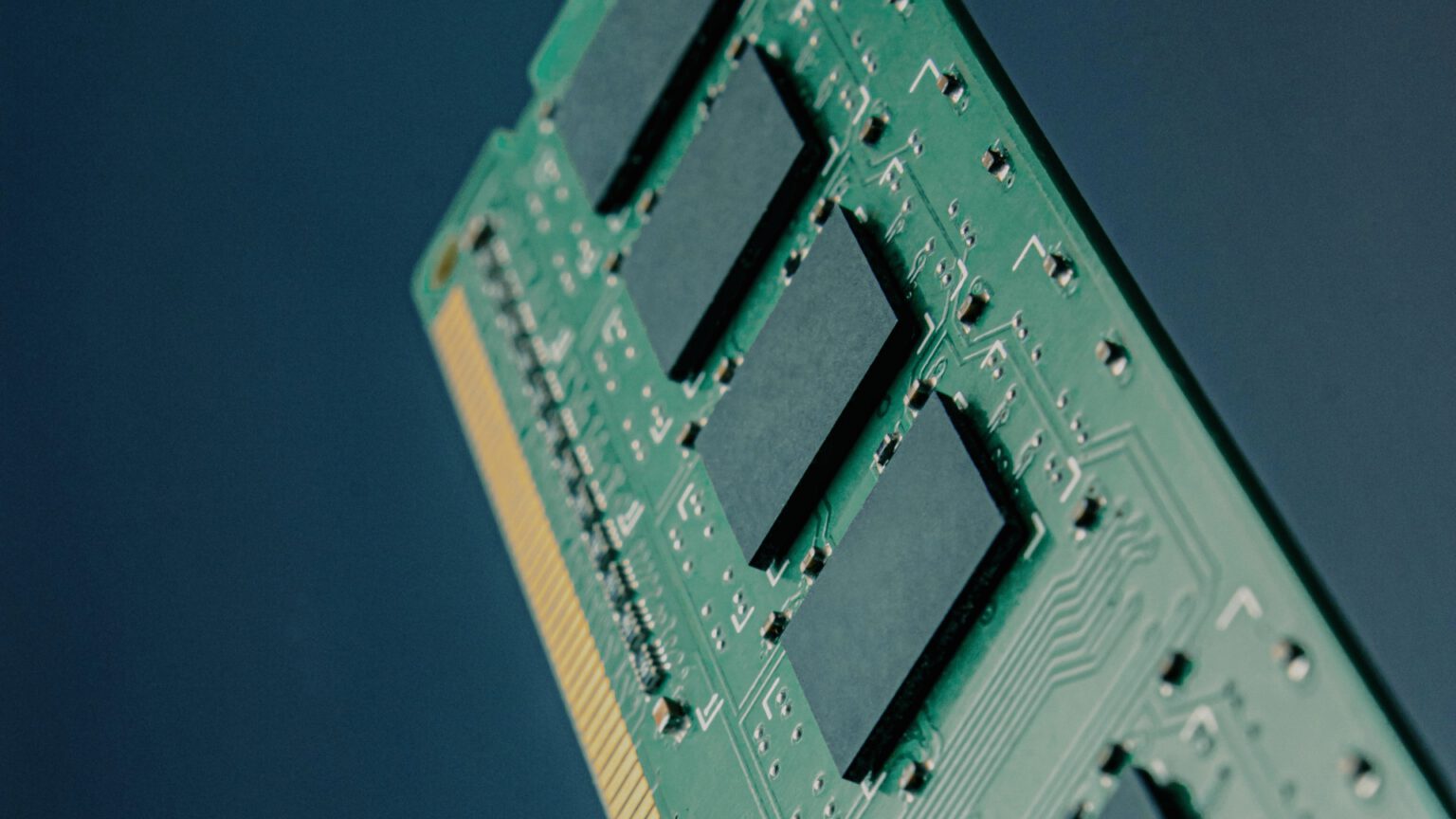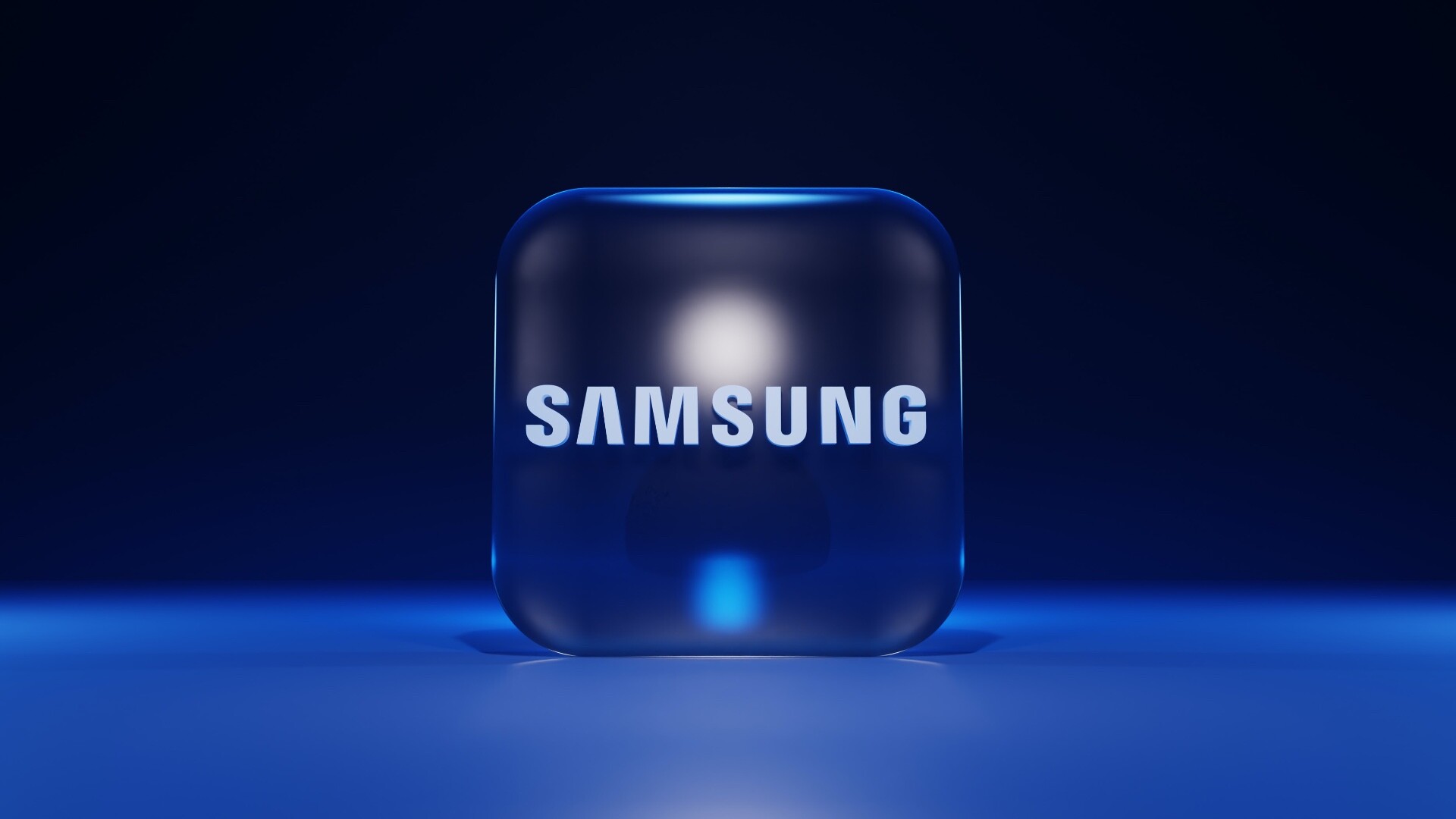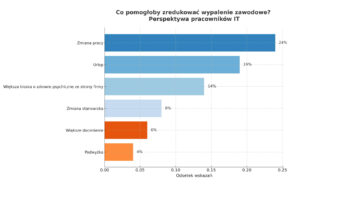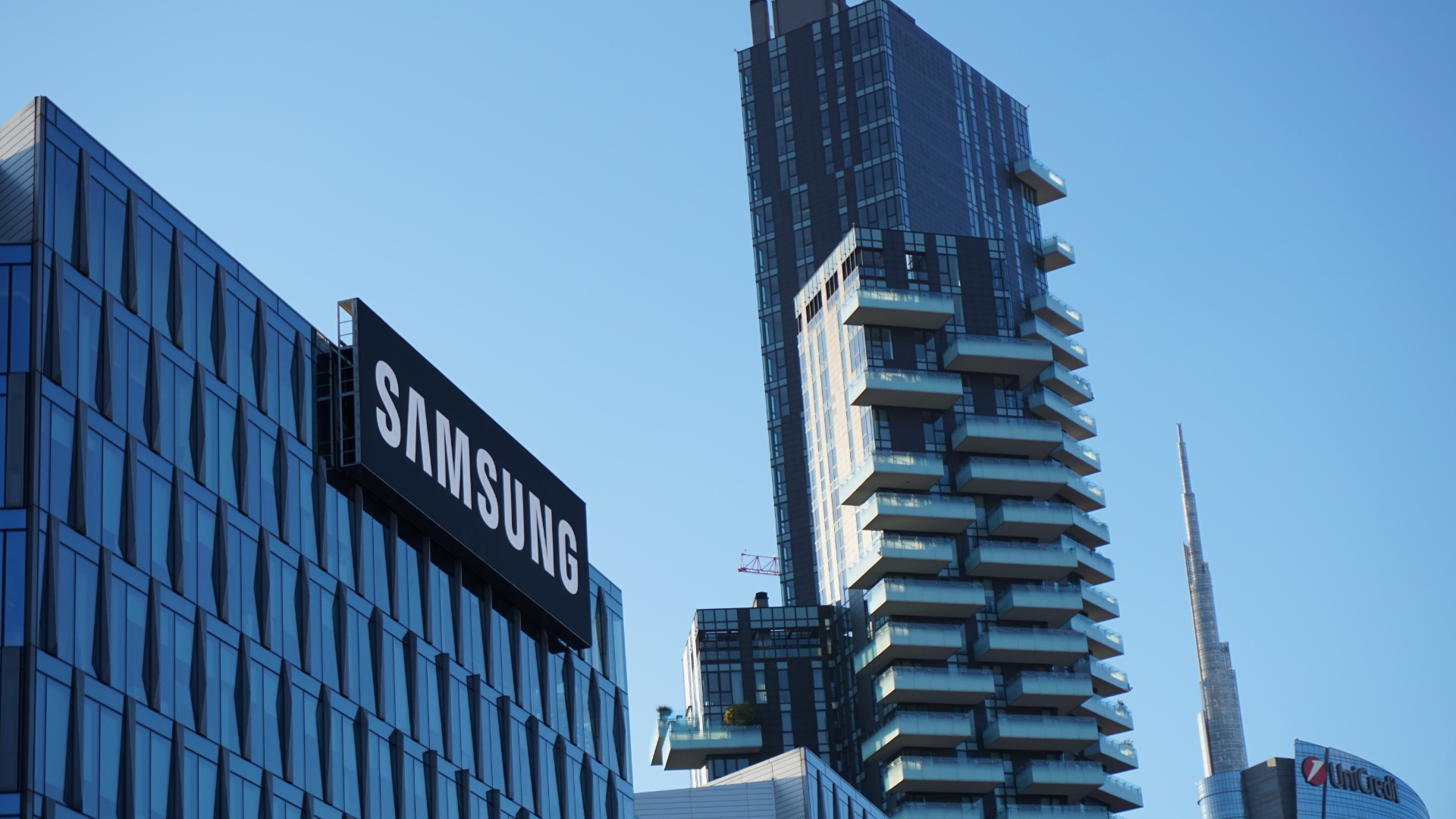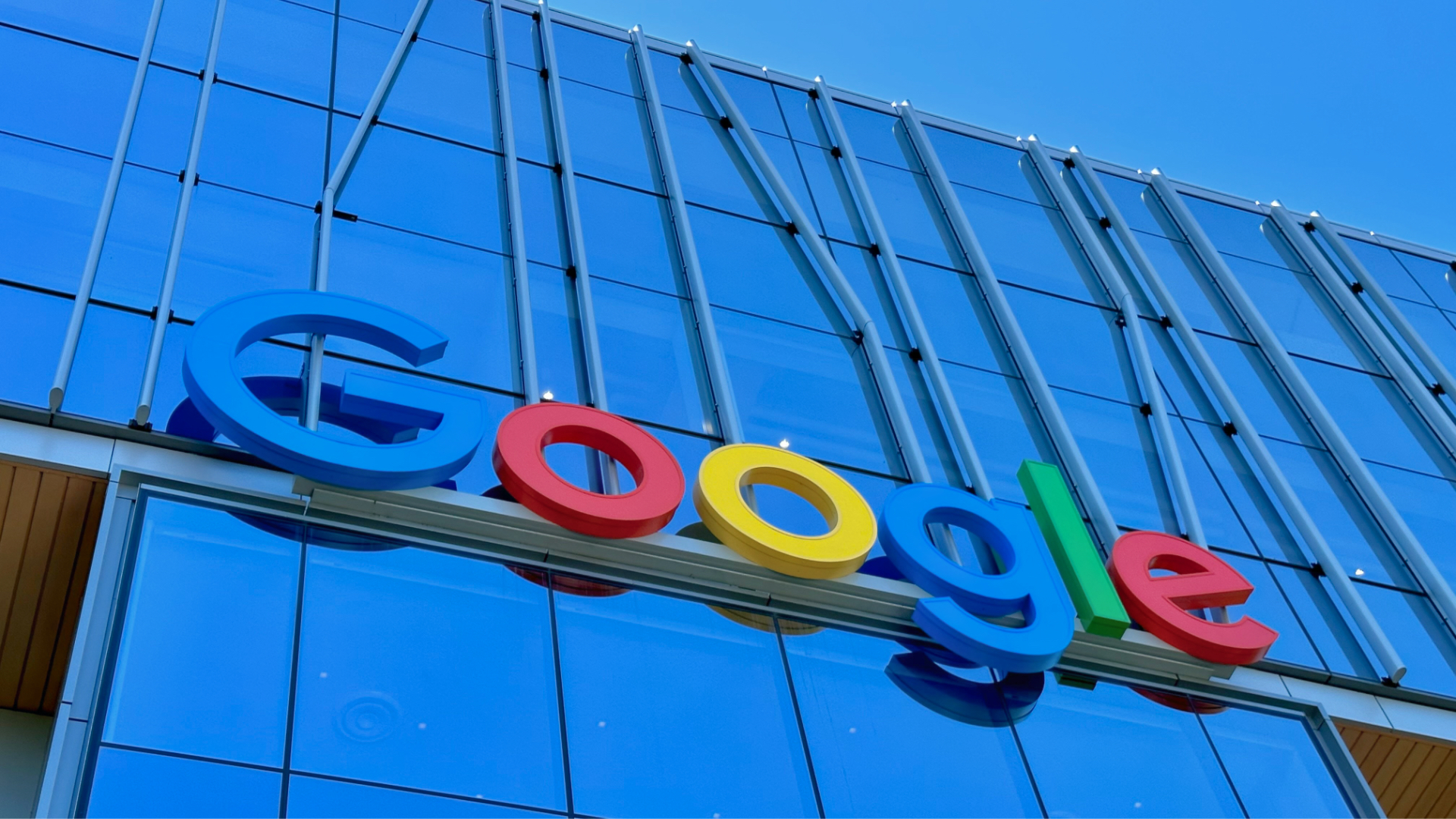A shift is clearly beginning to take place in the global semiconductor industry: not only are AI chips gaining in value, but also ‘ordinary’ memory chips – those used in smartphones, computers or servers – are entering a new phase of scarcity and increasing price.
Memory manufacturers such as Samsung Electronics and SK Hynix, which control around 70 per cent of the DRAM market, are redirecting their factories towards high-end chips – in particular HBM (High Bandwidth Memory) chips used in AI hardware. This is causing production lines for less advanced chips to operate at limited capacity, which – combined with a surge in demand – is generating a shortage of supply.
Distributors and industry analysts are already talking about ‘buying fever’. In recent months, double or triple ordering practices can be seen from customers trying to secure stocks of DRAM and DDR5 chips. The supply of DRAM chips and other ‘regular’ memory has fallen – for example, the average DRAM stock in warehouses is now only 8 weeks, compared to 10 weeks a year earlier and as much as 31 weeks in early 2023.
The result? Prices have jumped almost threefold year-on-year in the DRAM spot segment. At the same time, memory companies are making unexpected margins – in one case, a manufacturer estimated an operating margin for commodity DRAM of around 40 %, for HBM as high as 60 %.
The prospect of what might be called a memory ‘supercycle’ is beginning to be discussed seriously. Analyses suggest that the memory boom, driven by AI infrastructure and data centres, could last for many quarters. However, caution is also setting in: experts stress that this could simply be a classic shortage – which others predict will end as early as 2027.
For end equipment – computers, phones, servers – this means a warning. Higher memory prices translate into higher production costs and some companies are already passing these on – to a limited extent – to consumers. One example is the UK’s Raspberry Pi Foundation, which has raised the price of its computers due to memory being “about 120%” more expensive than a year ago.
In this context, Samsung – with its large exposure to regular DRAM – seems well positioned, although investors are asking how quickly it will catch up with rivals in HBM. On the other hand, rising memory costs and low inventories are challenging hardware manufacturers and could be a wake-up call to end customers.
The AI boom is not only taking advanced memory chips to new heights, but is having a spillover effect on more standard chips – reducing their availability, driving up prices and forcing consumers to act ahead of the curve. The memory industry therefore stands at a tipping point – whether it will indeed blossom into a full supercycle or encounter a correction – will become clear in the coming 12-24 months.




